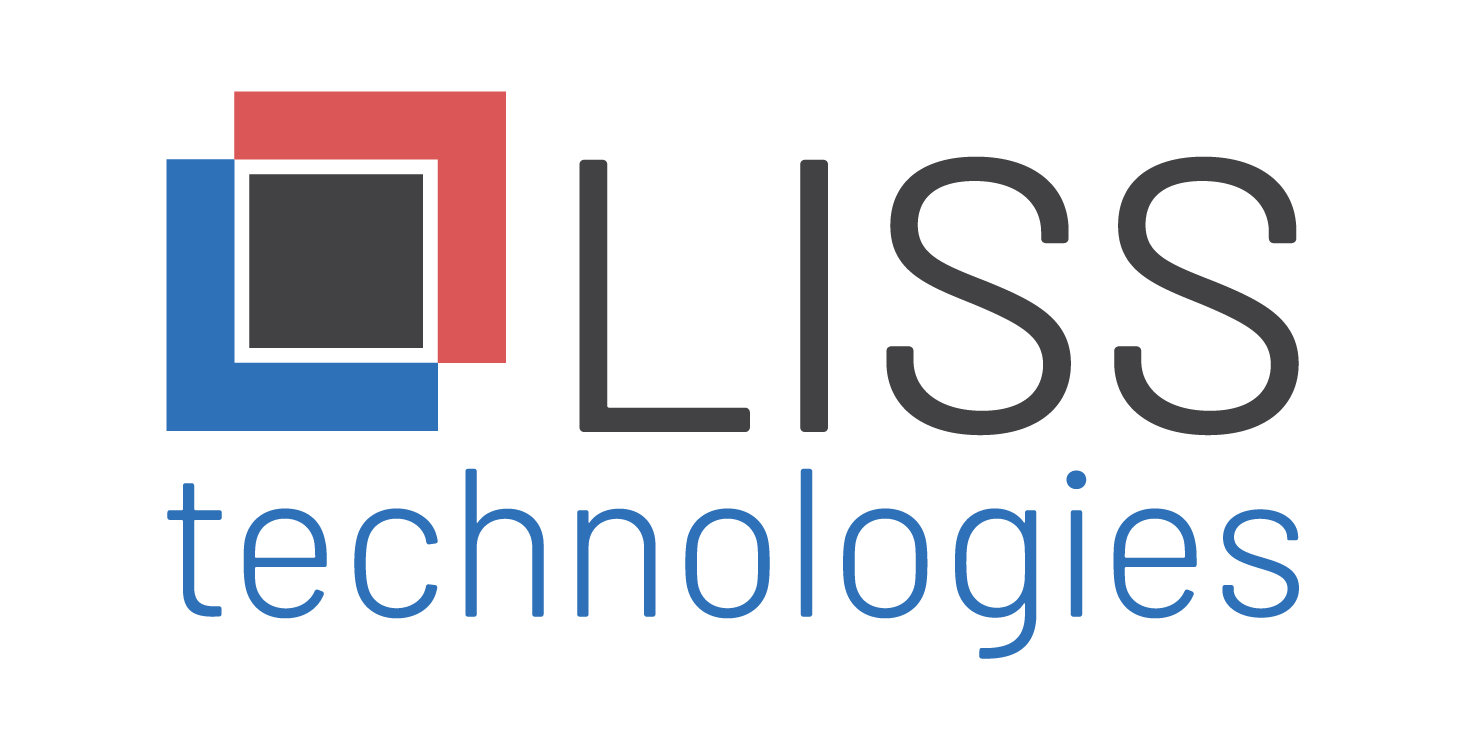
From natural emergencies that destroy or shut down your physical location to cyberattacks that hold your systems for ransom, disasters can take a variety of forms. The one thing they all have in common, however, is that business operations are disrupted. With a robust disaster recovery plan in place, the cost of downtime can be dramatically reduced or negated entirely.
Forming that disaster recovery plan involves more than simply backing up data. Liss Technologies takes a consultative approach to each of our clients, meaning the eventual solution is customized specifically to them. However, the general contours of the process are much the same.
What Does a Disaster Recovery Plan Entail?
While a system backup is one part of the solution, a comprehensive disaster recovery plan is built to provide a clear set of procedures to follow should the worst occur. That plan will eventually include:
- Data Recovery Objectives – A set of targets that lay out what data must be recovered and what acceptable losses look like.
- Recovery Time Objectives – What length of time is acceptable for downtime? Does recovery time link to how much data can be recovered?
- Secondary Backups – Established off-site data backups used to store the most important internal information. When and how often are these to be accessed?
- Establishing Responsibility – Who is accountable for initiating backup and disaster recovery procedures, and what is the specific plan and timeline?
Developing a Plan
With the above goals in mind, several steps are necessary to prepare for possible disasters.
1. IT Resource Audit
It is impossible to restore your systems and data if you do not have a clear picture of what IT resources are at your disposal. This includes hardware (servers, workstations, and more), software (the on-premise and cloud-based tools your team needs to complete day-to-day and long-term tasks), and your data.
Creating an inventory of what there actually is to be saved is a critical first step.
2. What Does Your Organization Actually Need
If everything were lost today, what are the vital tools and information required to be able to serve your customers and clients again? Items to include on this list are bedrock infrastructure and processes that allow your organization to function. Backing up and eventually restoring all of your organization’s data will involve a lot of time and could be expensive.
This step can also be considered an opportunity to audit processes and procedures your team uses every day, as well as what is necessary to meet long term goals. Plus, this step will inherently come with cleaning up your systems and data—always beneficial.
3. Establish Accountability and Responsibility
Recovering from a disaster is not the job of one employee who simply flips a switch. Establish a chain of reporting that notifies the right parties of cybersecurity threats and establish what actually will take place should one of these threats succeed.
4. Outline Your Goals
Now that you know what your organization actually needs to survive and continue functioning, here you can establish a recovery timeline. What would one hour of downtime look like? A day? Longer? Unless you can determine the answer to these questions, it is difficult to know what your disaster recovery plan is actually saving you from.
This is also a time to develop a list of priorities. Of course, the foundational infrastructure comes first, but what hardware and data are next in line?
5. Deploy and Test
Once all of your most important data is backed up in an offsite location and you’ve developed a plan to restore hardware function, it is time to simulate a disaster and test how long recovery might take.
Assuming your plan was fully fleshed out, this step should be predictable. Of course, if anything goes awry, changes can be implemented.
At the bottom of all of this, it is important to remember that there isn’t a step in the process that won’t be made easier with the help of an experienced provider like Liss Technologies. Often, leaders may not know the answers to some of these questions. Connect with us today and we’ll set up a time to discuss.

About Us
At LISS Technologies, we develop advanced IT solutions that allow your organization to adapt to change, manage growth, and reach your business goals.
Services
Contact Us
PENN 1
250 West 34th Street, Suite 326
New York, NY 10119
15 Bryant Avenue, Suite 100
Roslyn, NY 11576


